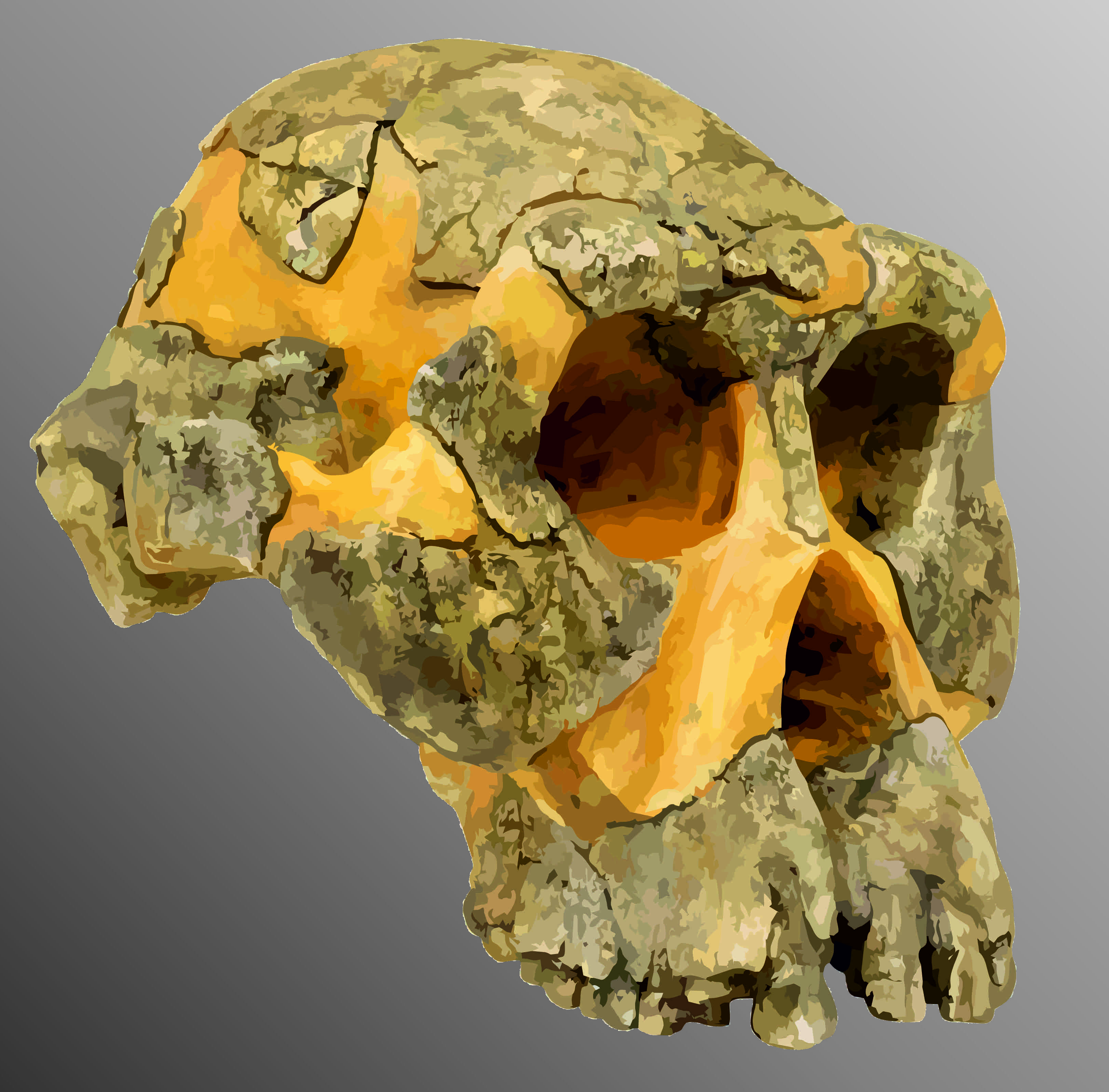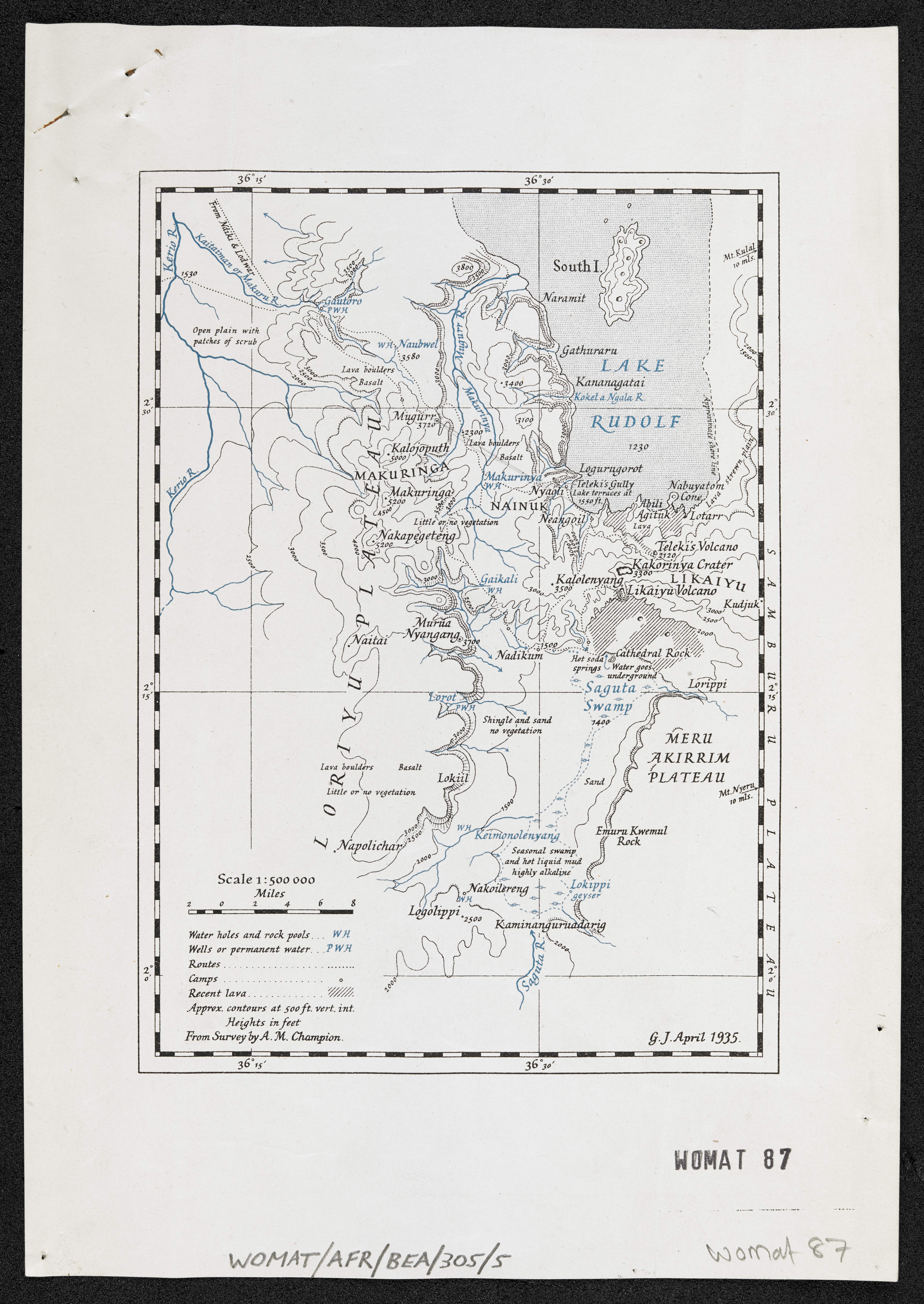Time Periods
Paleolithic
Mesolithic
Neolithic
Chalcolithic
Bronze Age
Iron Age
Classical Period
Post-Classical Period
Early Modern Period
Industrial Period
Contemporary Period
Time Periods
Paleolithic
Mesolithic
Neolithic
Chalcolithic
Bronze Age
Iron Age
Classical Period
Post-Classical Period
Early Modern Period
Industrial Period
Contemporary Period
Location
About
The Omo River region in southern Ethiopia is a significant archaeological site due to its extensive collection of early hominid fossils and stone tools. The area has yielded over 50,000 fossils, including those of the genera Australopithecus and Homo, dating back to the Pliocene and Pleistocene epochs. Notably, stone tools identified as part of the Oldowan industry, dating to approximately 2.4 million years ago, have been discovered here. This site has contributed significantly to understanding human evolution and early tool-making practices. The river basin's inclusion in the UNESCO World Heritage List underscores its global importance. Despite challenges such as poor raw materials affecting tool appearance, the archaeological findings provide crucial insights into early hominid life and adaptation.
Gallery
Explore photographs of ancient structures, artifacts, and archaeological excavations at Omo River



Archaeological Features
Explore the unique architectural and cultural elements found at this historical site
Miscellaneous Features
Environmental and Natural Features
Historical Timeline
Journey through time and discover key events in this site's archaeological history
Plan Your Visit
Details
- Country
- Ethiopia
- Source
- Wikipedia
More Sites in Ethiopia

Mochena Borago
Rockshelter with Late Pleistocene deposits.
Dikika
Sedimentary site with hominin remains.

Hadar, Ethiopia
Paleontological site with hominin fossils
Gona, Ethiopia
Paleoanthropological research area with Oldowan artifacts

Lake Turkana
Volcanic, hominid fossils, alkaline desert lake
Gademotta
Middle Stone Age site with artifacts